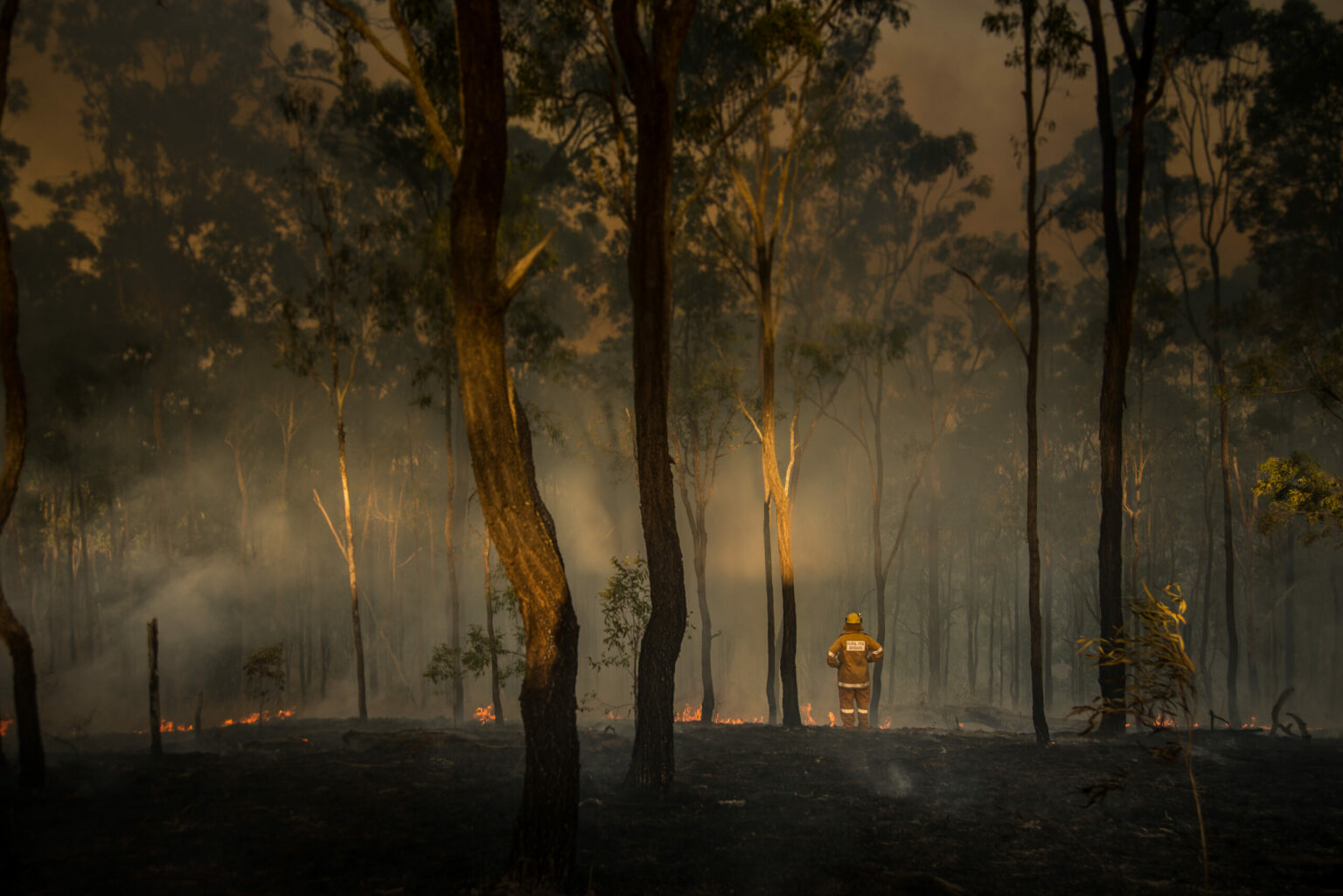UNSW Canberra advances understanding of ember movements in bushfire research
- March 28, 2024
- 12:49 pm


Iain Hoey
Share this content
Exploring the nature of embers in bushfires
Researchers at UNSW Canberra have provided new insights into the movement of embers during bushfires, a critical aspect in understanding and mitigating the spread of fires.
Embers, small, hot fragments of solid fuel, can travel long distances with the wind, igniting spot fires far from the original fire front.
Traditionally, the focus has been on embers travelling through the air.
However, recent observations show that many embers also move along the ground, posing significant challenges for fire prevention and management.
The research approach and findings
The team at UNSW Canberra is utilising advanced computer simulations to study both the airborne and ground-based movements of embers, known as lofting and creeping processes.
These simulations incorporate equations for airflow and heat transfer, taking into account terrain and combustible materials to create accurate models of fire spread.
This approach has led to highly accurate predictions of fire behaviour, with the potential to significantly impact urban planning and the resilience of buildings against bushfires.
Practical applications and future directions
By incorporating their findings into urban planning, the researchers aim to make future buildings more resilient to ember attacks.
Different suburb designs are being tested to identify features that enhance resilience.
Collaboration with ACT Government partners is underway to apply these discoveries in practice.
This research not only aims to protect property but also to save lives by providing a more accurate understanding of how fires spread through ember movement.
IFSJ Comment
The research conducted by UNSW Canberra offers critical insights into the behaviour of embers during bushfires, shedding light on both their airborne and ground-based movements.
This understanding is crucial for developing strategies to protect urban areas from the threat of bushfires.
By integrating these findings into urban planning and building design, there is a significant opportunity to enhance the resilience of communities against ember attacks.
The collaboration between researchers and government partners highlights the practical application of this research, aiming to safeguard lives and properties.



